√99以上 montane vole 217745-Montane vole vs prairie vole
Arizona Montane Vole (Microtus montanus arizonensis) is a small (1422 cm) rodent that is found at Centerfire Bog in Catron County, New Mexico and in Apache and Greenlee Counties, Arizona They are found in dense, tall grass in moist microhabitats They are known to make and use tunnels and paths through the grassVisually aged as adult, sub adult, or juvenile;Furthermore, in the montane vole, which shows little affiliative behavior except during the postpartum period, brain oxytocin receptor distribution changed within 24 hr of parturition, concurrent with the onset of maternal behavior We suggest that variable expression of the oxytocin receptor in brain may be an important mechanism in evolution
Meadow Vole Montana Field Guide
Montane vole vs prairie vole
Montane vole vs prairie vole-Montane (or Mountain) Vole (M montanus) The montane vole is 5 1/2 to 8 1/2 inches (15 to cm) in total length Its fur is brown, washed with gray or yellow, and mixed with some blacktipped hairs Its feet are usually silvergray and its body underparts are whitish The tail is bicolored Oregon Vole(M oregoni) The Oregon vole is 5 1/2 toThe montane vole, Microtus montanus, is a rodent commonly found throughout much of Utah
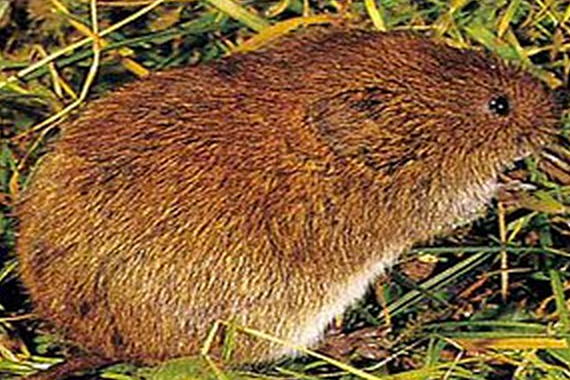



Vole Wilco Distributors
And released Because of occasionally inclement weather and transportation difficulties which delayed some trap examinations, trap mortality was as high as 35% on cold, wet nightsThe montane vole is a mediumsized vole The pelage is ashy gray mixed with brown and black on the dorsum shading to light gray or whitish on the venter The feet are lead colored and the tail is bicolored black or dark gray above and light gray to whitish below Splotches of different shades of yellow on the nose, venter, and dorsal surfacesAlthough Montane voles are known to tunnel as deeply as 30 inches Tunnel entrances remain open unless they are also occupied by moles or gophers Tall grass is the primary food and safe harborage for these rodents, so grass must be kept mowed short around gardens and between trees subject to attack Vege
Montane voles are mediumsized voles, with a total length of 14 to 22 cm (55 to 87 in), including the 2 to 7 cm (079 to 276 in) tail Adults typically weigh anything from 37 to 85 grams (13 to 30 oz), with males being slightly larger than females, but the actual weight varies considerably with age, geography, and subspeciesSociobiology of the montane vole (Jannett, 1978, 1980, 1981, 19, 1984) is serving to integrate various aspects of the biology of this species so that its llie history characteristics can be interpreted in an evolutionary framework Work UJ7dertaken in 1984 continues previously initiated surveys of variousDescription Montane voles are mediumsized voles, with a total length of 14 to 22 cm (55 to 87 in), including the 2 to 7 cm (079 to 276 in) tail Adults typically weigh
Monogamous prairie voles are known to have higher levels of receptors for these neurotransmitters than do voles who have yet to mate;Montane vole females are parental only briefly, and males do not demonstrate parental behavior Oxytocin and vasopressin appear to be the important factors in forming the monogamous pair bonds of female and male prairie voles, respectively For a female prairie vole, if an oxytocin antagonist is centrally administered just prior to matingAnd when otherwise promiscuous montane voles (M montanus) are




Getting The Vole Story The Medium
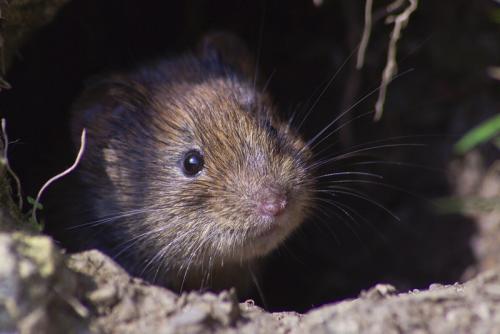



Sex Commitment And Voles Varsity
The montane vole inhabits gardens and landscaped areas in northern Nevada, the western half of Colorado from 6000 feet to above timberline, in northeastern California and the eastern Sierra slope and the mountain meadows of eastern Oregon When it is associated with the meadow vole it is generally in the drier habitatsMontane vole, Microtus montanus, in Grand Teton National Park Earlier observations (Pinter 1986, 19) indicate that environmental variables might contribute to the population density cycles of these rodents, possibly by influencing their growth and various aspects of their reproduction2 Female Meadow and Montane voles have four pairs of mammary glands whereas the rairie P vole has only three 3 Tail of the M ontane vole is ⅓ the total length of the vole's head and body Other rodent species that may occupysimilar habitat that are sometimes confused with vole s include the Deer mous e
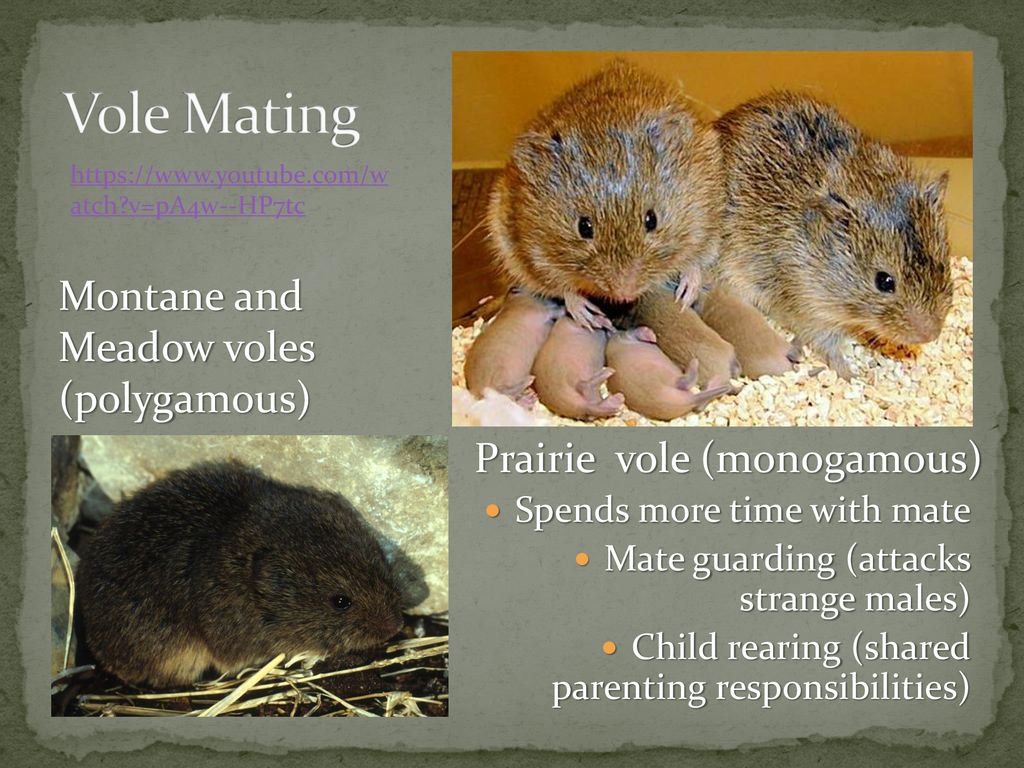



The Biology Of Monogamy Polygamy Ppt Download




Gene Switches Make Prairie Voles Fall In Love Nature News Comment
The montane vole is a mediumsized vole The pelage is ashy gray mixed with brown and black on the dorsum shading to light gray or whitish on the venter The feet are lead colored and the tail is bicolored black or dark gray above and light gray to whitish belowThe montane vole (Microtus montanus) is a species of vole native to the western United States and Canada (Source Wikipedia, '', http//enwikipediaorg/wiki/MontaneThe adult Montane Vole can measure from 5 1/2 to 7 1/2 inches long, from tip of nose to end of tail Its back will be blackish brown or black, with a gray cast to the fur Pale, buffy sides, a whitish belly and duskycolored feet help it blend into dry grasslands This rodent's ears are small enough to be hidden in its fur (Foresman 12)



Heather Vole
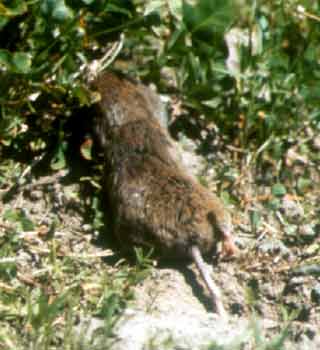



Montane Vole Frame
The montane vole, Microtus montanus, is a rodent commonly found throughout much of Utah The species also occurs in at least part of the eleven other western states and Canada The dorsal coloration of the montane vole varies from graybrown to black, and the belly is whiteGeneral Vole Facts Most Common North American Species prairie vole (Microtus ochrogaster)meadow vole (Microtus pennsylvanicus)longtailed vole (Microtus longicaudus)pine vole (Microtus pinetorum)montane vole (Microtus montanus)Oregon vole (Microtus oregoni)California vole (Microtus californicus)Average Size 49" long (including the tail);The montane voles and other small mammals that were livetrapped were toeclipped for identification;



Monogamous Voles Science Updates Science Netlinks
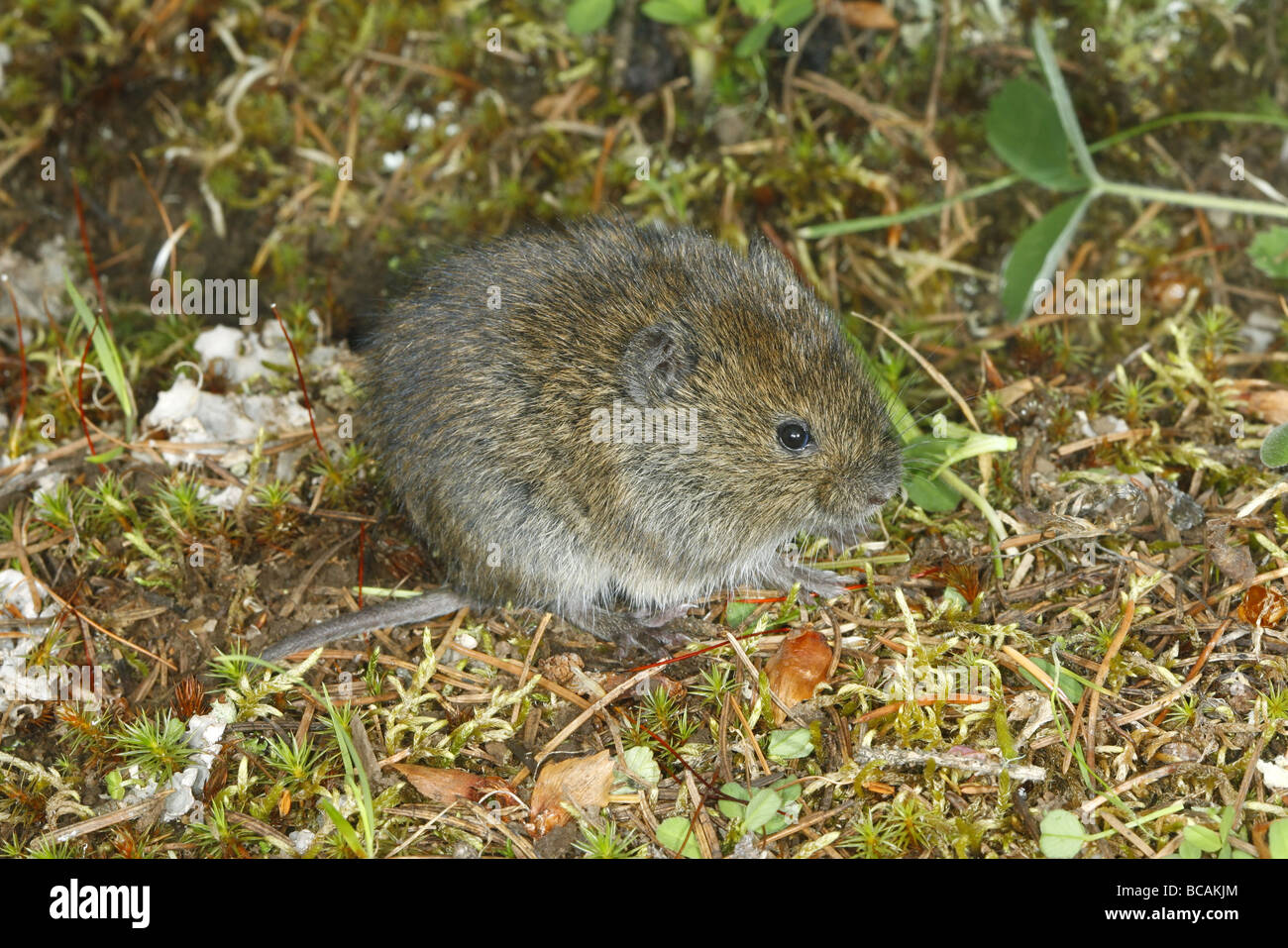



Montane Vole Stock Photo Alamy
Montane Voles would become monogamous, because they would be able to receive and respond to hormone signals in the same way as prairie voles You observe that chimpanzees use sticks to collect termites for food Which observation would indicate that the use ofIn prairie and pine voles, the 5' regulatory region of AVPR1A contains a microsatellite region that is virtually absent from montane and meadow voles This speciesspecific microsatellite polymorphism modulates gene expression in a celltypedependent manner and generates a great individual variability in the brain expression patternMontane Voles would become monogamous, because they would be able to receive and respond to hormone signals in the same way as prairie voles If the behavior is dependent on the expression of a receptor for a specific signal, then adding in the gene and regularity regions should allow for expression of the receptor




Slides Show




Mechanism Of Monogamy
The prairie vole microsatellite is larger than that of the meadow or montane vole The microsatellite length is polymorphic in prairie voles, and the length has been associated with variation in V1aR binding in the brain as well as behavior in the laboratory, but not in field studies The brains illustrate the differences in V1aR binding in theMontane voles prefer alpine meadows, dry grasslands, and sagebrush grasslands in mountainous regions of the western US They typically avoid forests When in association with meadow voles, montane voles generally are in drier habitats Oregon voles prefer forbs and grasses in burned or clearcut areas in northern California, Oregon, and WashingtonNov 27, 1993 · Like the montane vole, the meadow vole leads a polygamous life in which childrearing duties are left to the female In a recently published study, De Vries and his colleagues found evidence suggesting that soon after mating, certain nerve cells that manufacture vasopressin become hyperactive



Voles Internet Center For Wildlife Damage Management




Distribution Variation And Relationships Of The Montane Vole Microtus Montanus Sydney Anderson
Nonhumans Prairie voles are also small, weighing only a few ounces, and are easily reared in the laboratory But of particular importance for understanding the biology of monogamy is the fact that not all voles are monogamous The meadow vole (M pennsylvanicus) and the montane vole (M montanus) show no indications of monogamy Voles ofThe close relatives of prairie voles, montane voles, prefer a rather free approach to relationships They are more promiscuous, do not pairbond, and do not exhibit aggressive behaviors to defend a mate or their offspringMontane voles (Microtus montanus) are a native resident of the northwestern United States They can be found as far north as southern British Columbia and as far south as Arizona and New Mexico



Giovanna Castro Emotion Brain Behavior Laboratory




Why Prairie Voles Fall In Love A Chemical Romance Knowing Neurons
No children of Montane Vole (Microtus montanus) found Names Common Name Montane Vole Scientific Name Microtus montanus Show Aliases Possible aliases, alternative names and misspellings for Microtus montanus Common Name(s) Montane Vole, Pahranagat Valley Montane Vole Scientific Name(s) Microtus montanusThe Montane Vole occurs now in northern New Mexico and farther north, with small populations in the San Francisco River drainage in west central New Mexico;Montane voles are mediumsized voles, with a total length of 14 to 22 cm (55 to 87 in), including the 2 to 7 cm (079 to 276 in) tail Adults typically weigh anything from 37 to 85 grams (13 to 30 oz), with males being slightly larger than females, but the actual weight varies considerably with age, geography, and subspecies




Montane Vole Microtus Montanus Idaho Fish And Game




Reed Vole Wikipedia
Montane Vole Distribution, Abundance, and Seasonality The montane vole in California is found in the Sierra Nevada, Cascades, and Great Basin regions from the Oregon border south to eastern Tulare Co, and in the White Mts of Mono and Inyo cos Common to abundant in wet meadow, perennial grassland, and alpine dwarfshrub habitatsMontane Vole Microtus montanus 1 Summary 2 The Montane Vole (Microtus montanus) is a species of rodent in the family Cricetidae It is found in the western United States and British Columbia in Canada Sources and CreditsIt also occurs in the higher elevations in east central Arizona Identification is difficult, and the reported occurrences in our area are made with the aid of discriminate analysis of m1




Voles Meadow Vole Meadow Mice Pistachio Agriculture Pest Management Guidelines Uc Statewide Ipm Program Uc Ipm




Montane Vole Vole Control Vole Bait Station
In contrast, the montane vole, a native of the Rocky Mountains, is a loner The male and female do not share a nest and come together only briefly to mate The male has no investment in the offspring "They are what we consider the prototype of a promiscuous animal," Insel saysMontane Vole Photo Credit Picture from National Museum of Natural History ©04 Smithsonian Institution Mountain vole / Microtus montanus Above ground foraging Montane Vole populations can be controlled with the Vole Control Bait Station System in the Tent Setup Method If activity is determined in planting beds, use the Mulch Covered MethodNov 15, 19 · A close relative of the prairie vole is the montane vole, which lives a far more polyamorous lifestyle Interestingly, the physiological makeup of montane voles and prairie voles is
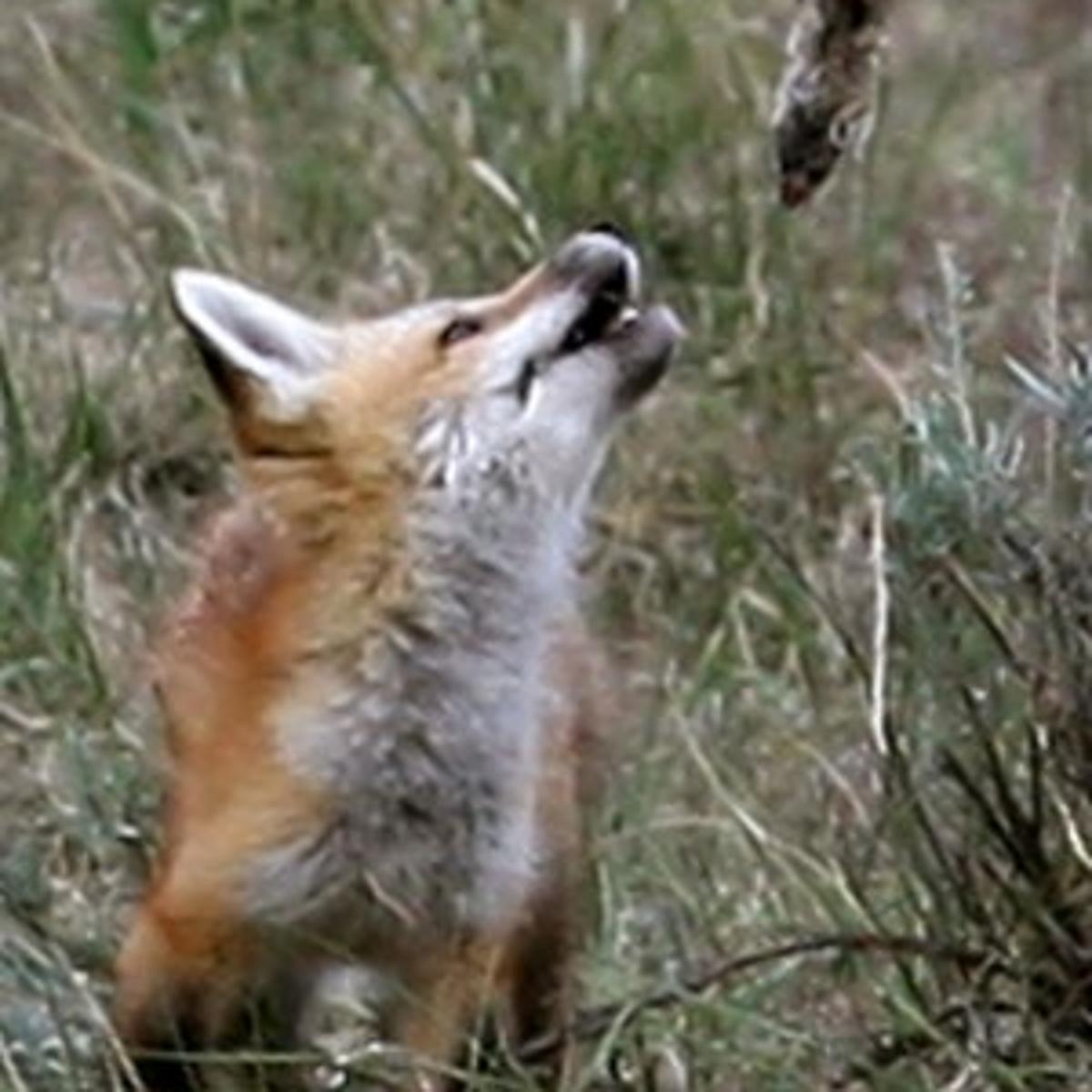



Montane Vole Yellowstone Wildlife Billingsgazette Com




Vole Rodent Page 1 Line 17qq Com
Montane voles did not prove to have the same receptor distribution pattern at all, exhibiting a sparse number of receptors in the nucleus accumbens Not enough receptors are located there to actually stimulate the mesolimbic dopamine pathway, and as aVoles and montane voles Students will discuss pros and cons of monogamy versus promiscuity in the two vole species Students will analyze data involving theHe says one vole species, called the Montane vole, is promiscuous the male skips out on his mate as soon as she's pregnant But his closely related cousin, the prairie vole, is monogamous
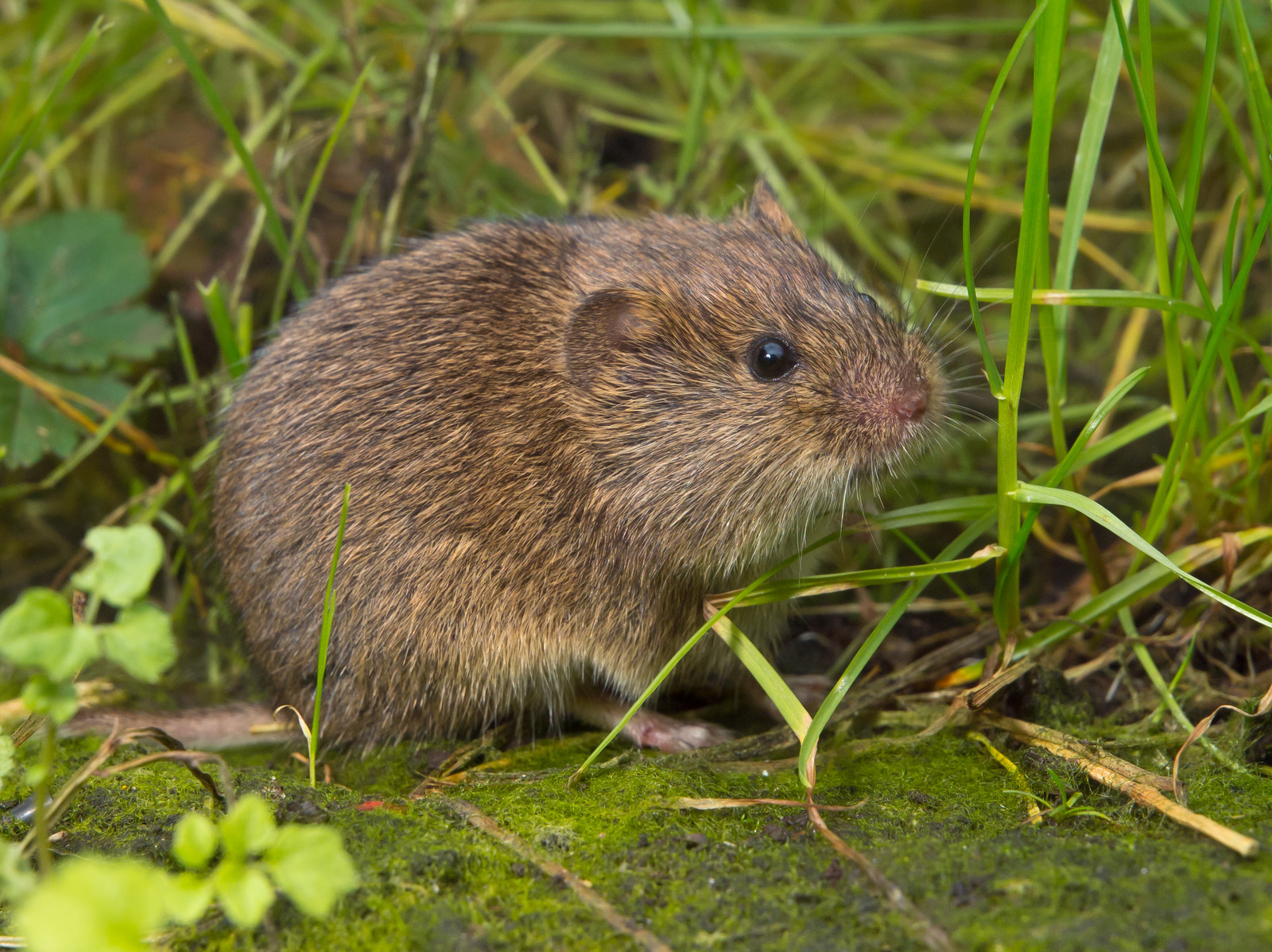



Voles Trapping Removal In Virginia Professional Pest Control



Ubiquitous Wisdom What If There Was A Pill To Make Us Like Each Other
In the montane vole, specific binding was observed in the accessory olfactory bulb and superior colliculus as well, but in several other regions with high levels of binding in the prairie vole, binding was low or undetectable in the montane vole In this nonmonogamous species, specific binding was high in lateral septumGeneral Description The Meadow Vole, under 6 inches in length from tip of nose to end of tail and a little over an ounce in weight, has the rotund body, blunt nose, and bright black eyes of all voles On top it can be yellowish or reddish brown to dark brown, with blacktipped hairs Below it is buffy to lead gray, with silvertipped hairsDec 27, 19 · The montane vole (Microtus montanus) is a species of vole native to the western United States and Canada 1 Contents Description;
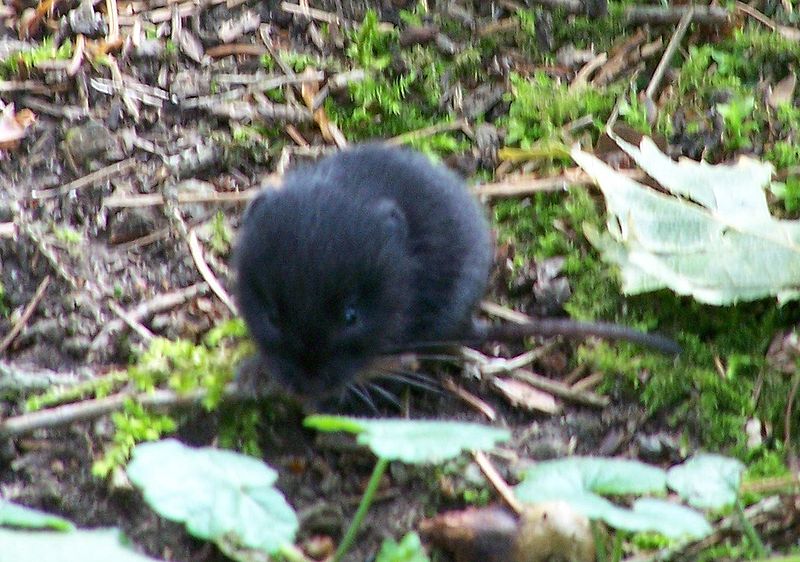



European Pine Vole Microtus Subterraneus Facts




Montane Vole Montane Vole Great Horned Owl Species Horned Owl
The Arizona montane vole (Microtus montanus arizonensis) is listed as endangered in New Mexico based on its small population and restricted habitat It is also recognized as a New Mexico Species of Greatest Conservation Need, Category I designating it of immediate priorityThe Montane Vole is 5 ½ to 8 ½ inches in total length Its fur is brown, washed with gray or yellow, and mixed with some blacktipped hairs Its feet are usually silvergray, and its body underparts are whitish The tail is bicoloredDisclaimer The Animal Diversity Web is an educational resource written largely by and for college studentsADW doesn't cover all species in the world, nor does it include all the latest scientific information about organisms we describe Though we edit our accounts for accuracy, we cannot guarantee all information in those accounts




Photos Of Montane Vole Microtus Montanus Inaturalist



Voles In The Garden Gardening In Washington State Washington State University



Voles Tunneling Rodents Eating Our Plants Rodrepel Non Hazardous Non Toxic Rodent And Animals Repellant
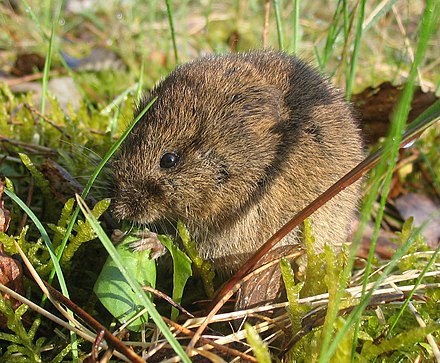



Common Vole Wikiwand




Microtus Owlapps
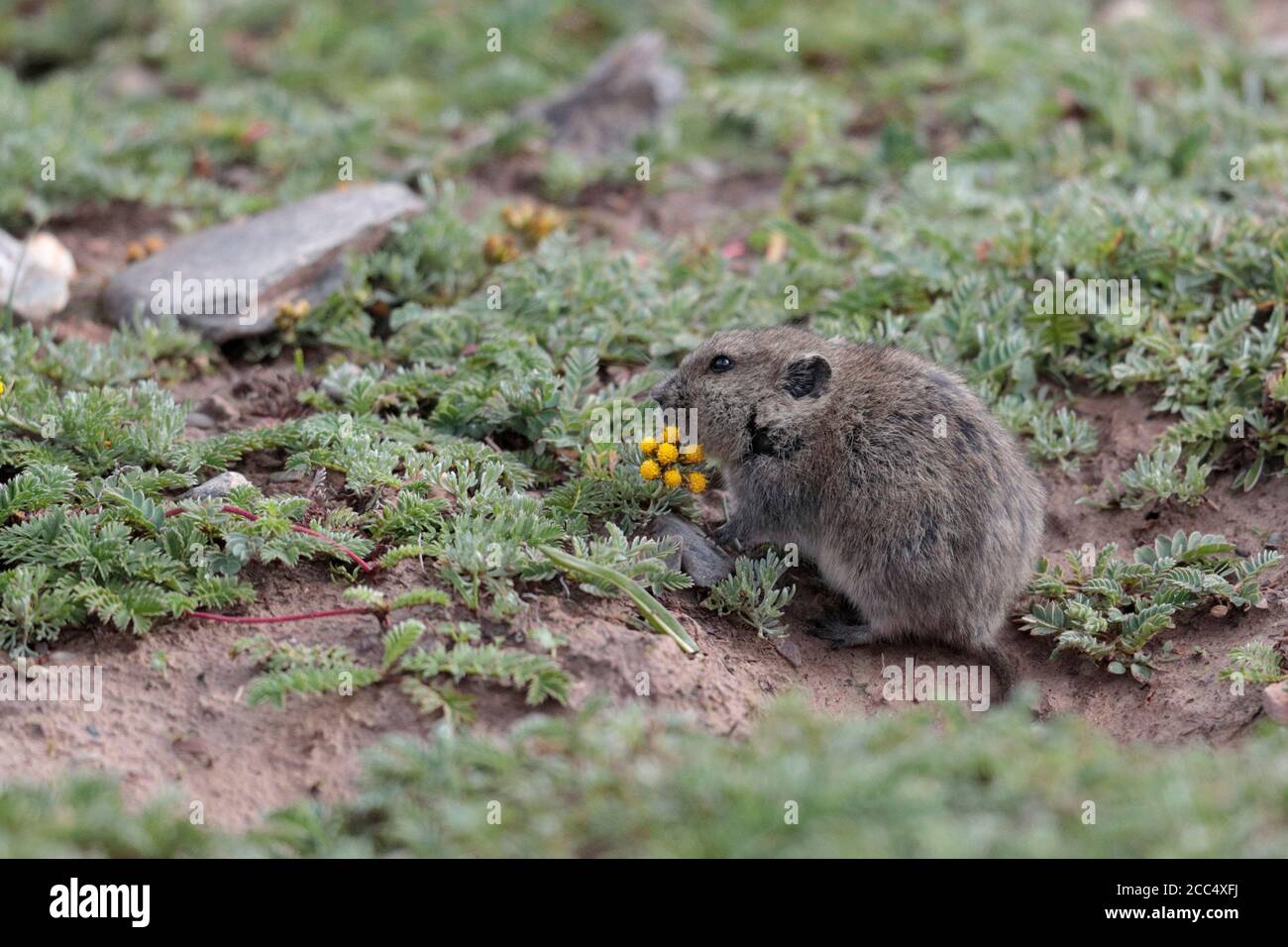



Montane Vole High Resolution Stock Photography And Images Alamy



Facts About Voles Vole Facts Havahart




Voles Garden Villains Summitdaily Com
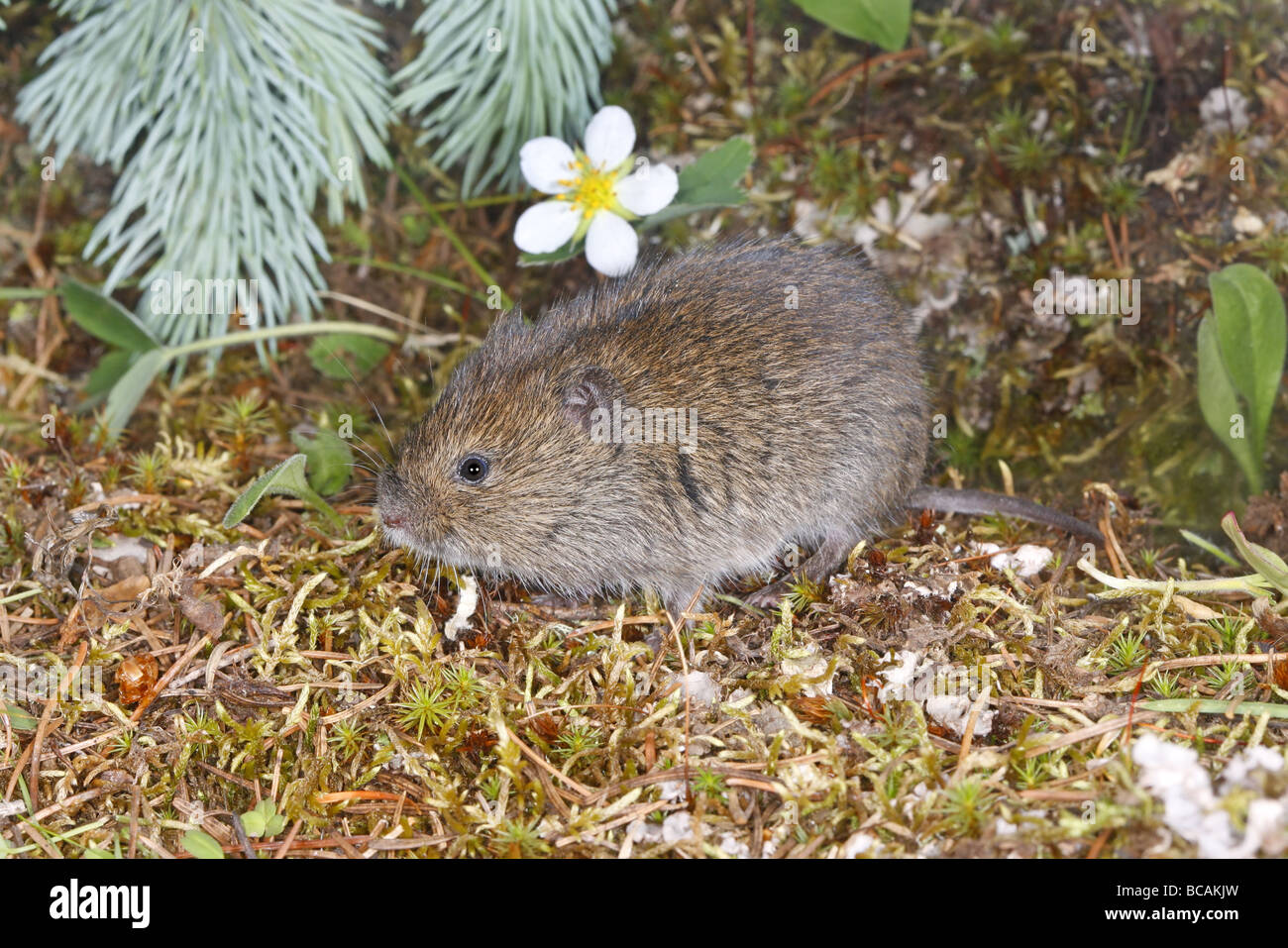



Montane Vole Stock Photo Alamy



Holes N Voles Tanner Pest Control Exceeding Expecations




Montane Vole Yellowstone National Park U S National Park Service




Montane Vole Microtus Montanus Inaturalist Ca



Meadow Vole Montana Field Guide
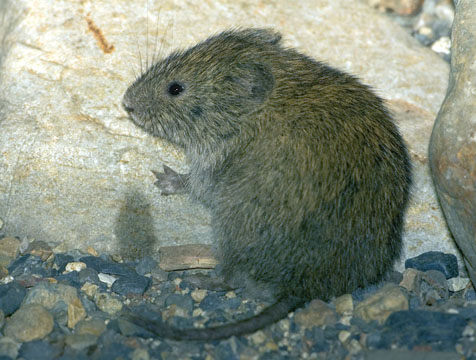



Photographs By Mark Chappell
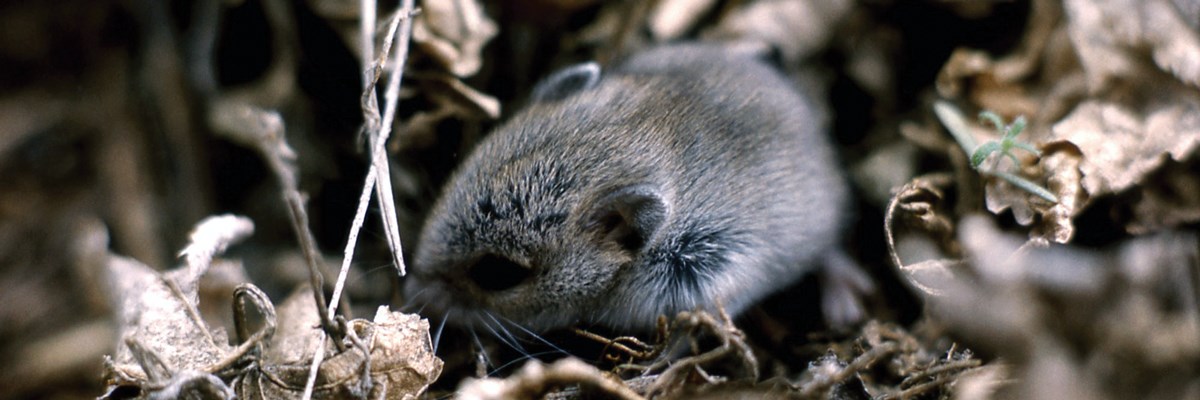



Montane Vole Yellowstone National Park U S National Park Service
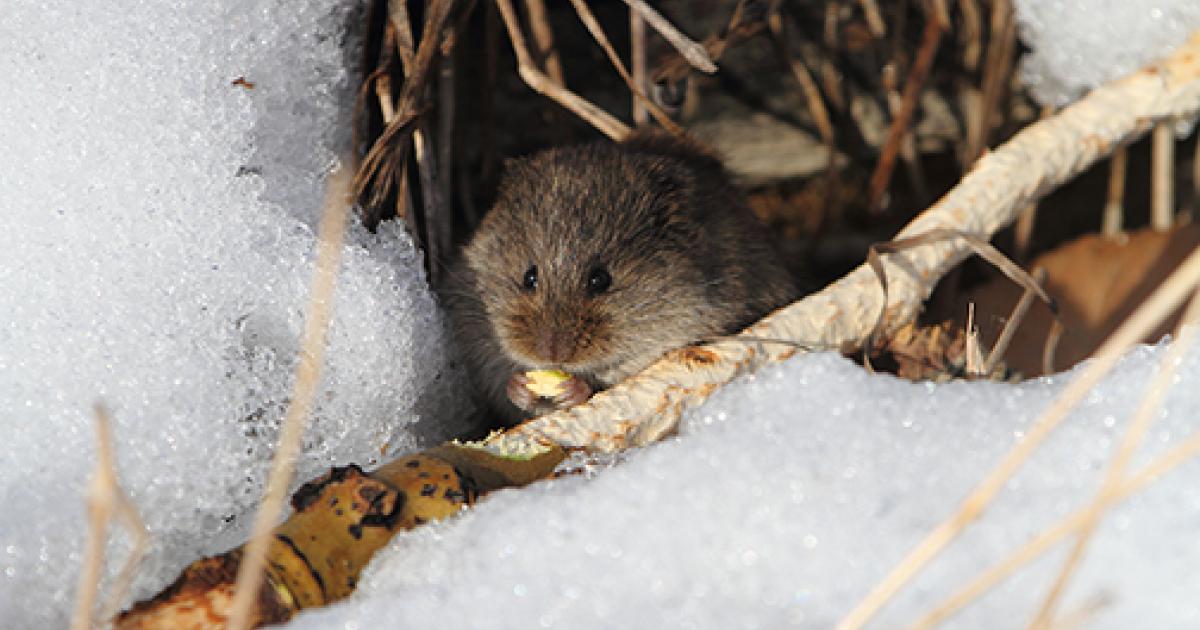



Vole Invasion Outside Bozeman
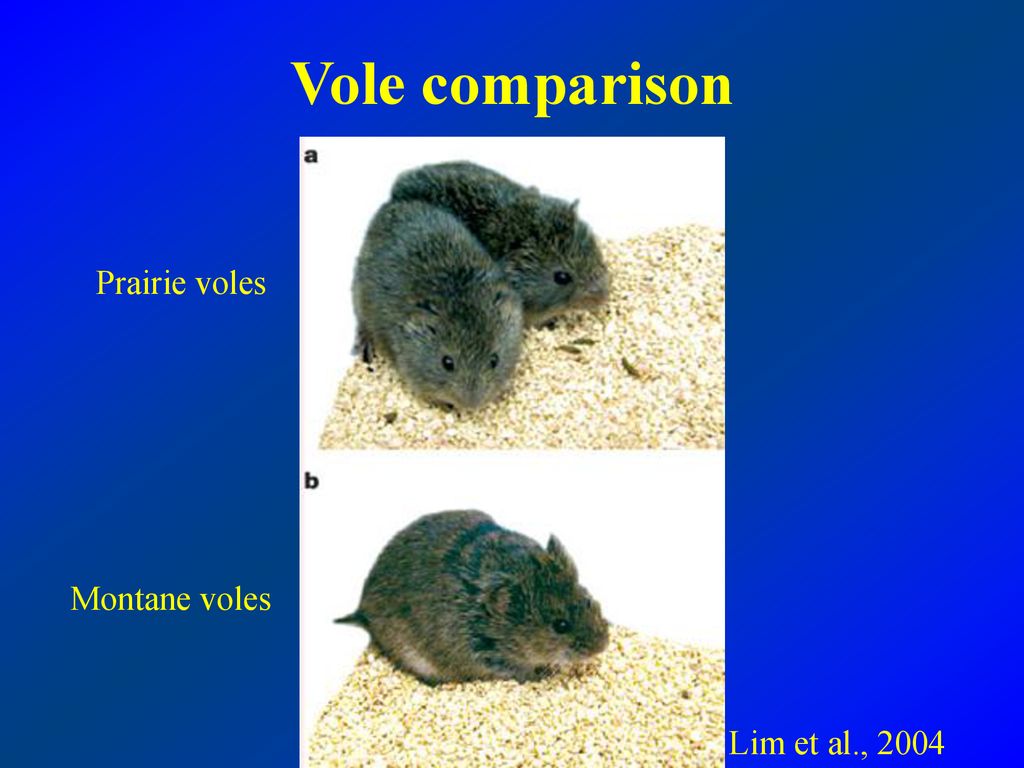



The Social Brain Perception Of Social Signals Ppt Download
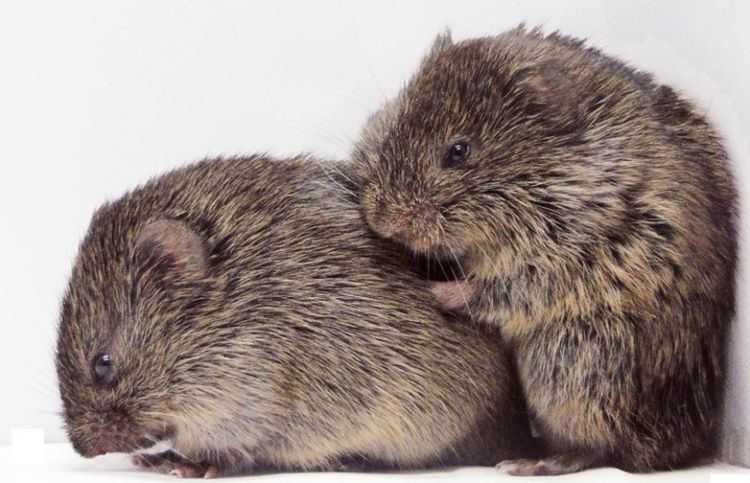



Prairie Vole Alchetron The Free Social Encyclopedia




Sex Commitment And Voles Varsity




Vole Wilco Distributors




Processes That Drive Evolution Coevolution Sexual Selection Genetic



Facts About Voles Vole Facts Havahart




Minden Pictures Montane Water Vole Arvicola Scherman Netherlands Jelger Herder Buiten Beeld




Montane And Prairie Voles Differ Both In V1a Receptor Binding Pattern And Behavioral Response To Arginine Vasopressin Avp Learn Science At Scitable
/https://public-media.si-cdn.com/filer/87/81/878188d8-c8d6-43b2-90f0-721a3378a1cf/03-voles-praire.jpg)



What Can Rodents Tell Us About Why Humans Love Science Smithsonian Magazine



Montane Vole Yellowstone National Park U S National Park Service



Montane Vole
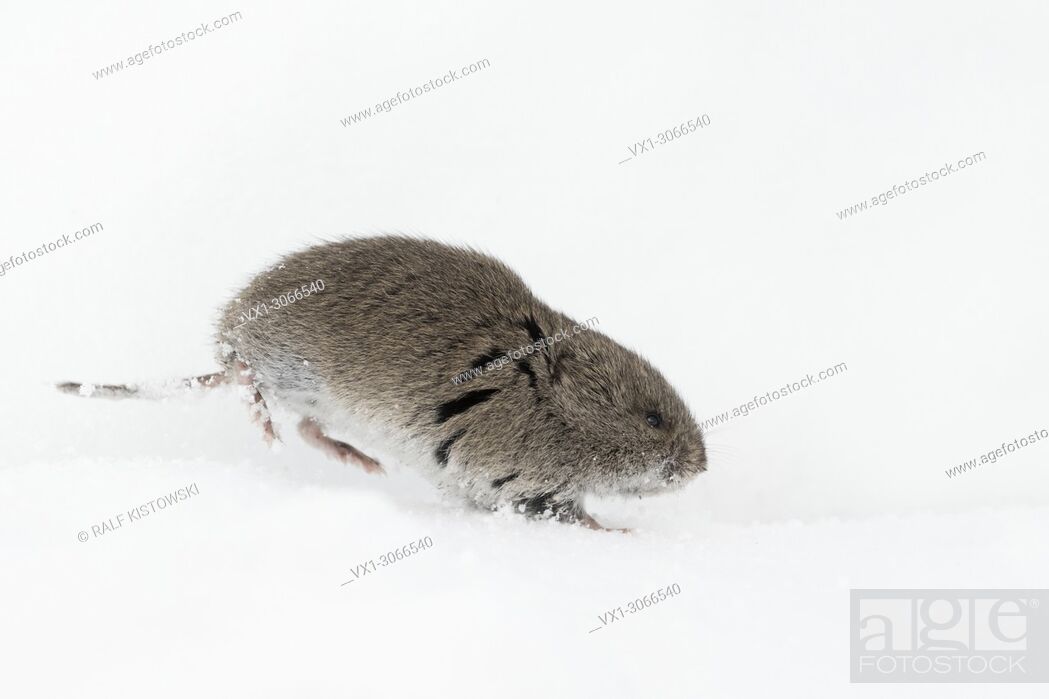



Montane Vole Rocky Mountain Vole Microtus Montanus In Winter Running Through The Snow Stock Photo Picture And Rights Managed Image Pic Vx1 Agefotostock




Running Through Snow Montane Vole Photograph By Ralf Kistowski




Montane Vole Zm Montane Vole Microtus Montanus F Flickr



Fossils Provide Proof That Global Warming Affects Wildlife Evolution




In Comparison To Non Monogamous Montane Voles The Socially Download Scientific Diagram



Why Do Scientists Study The Prairie Vole Brain Stuff




Long Tailed Vole Facts For Kids
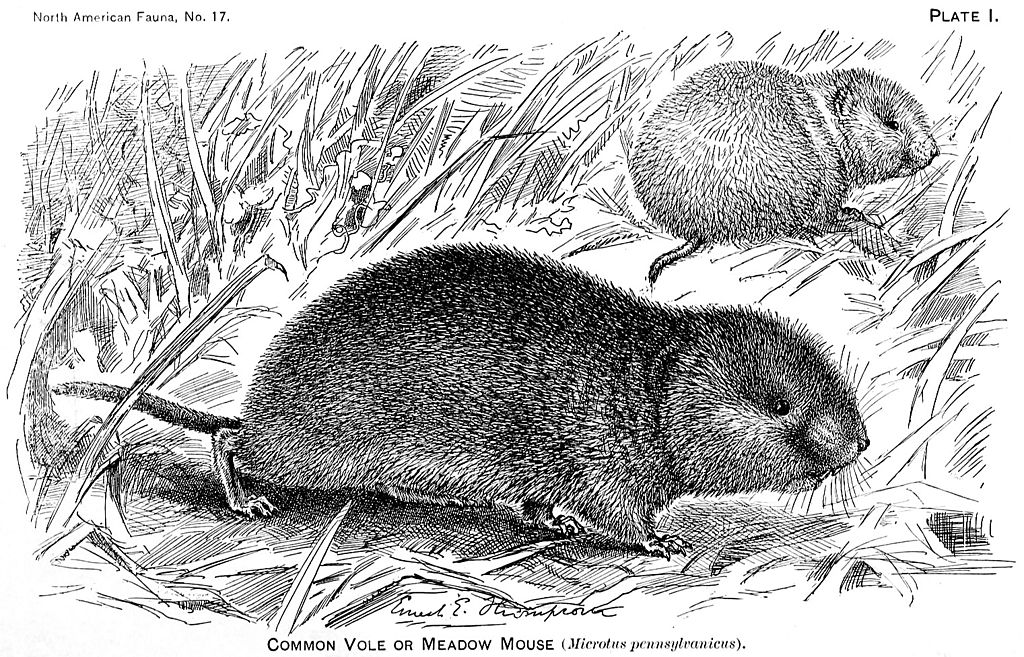



Dealing With Voles Vole Damage In Lawns Lawnstarter
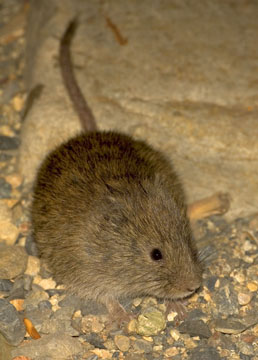



Photographs By Mark Chappell
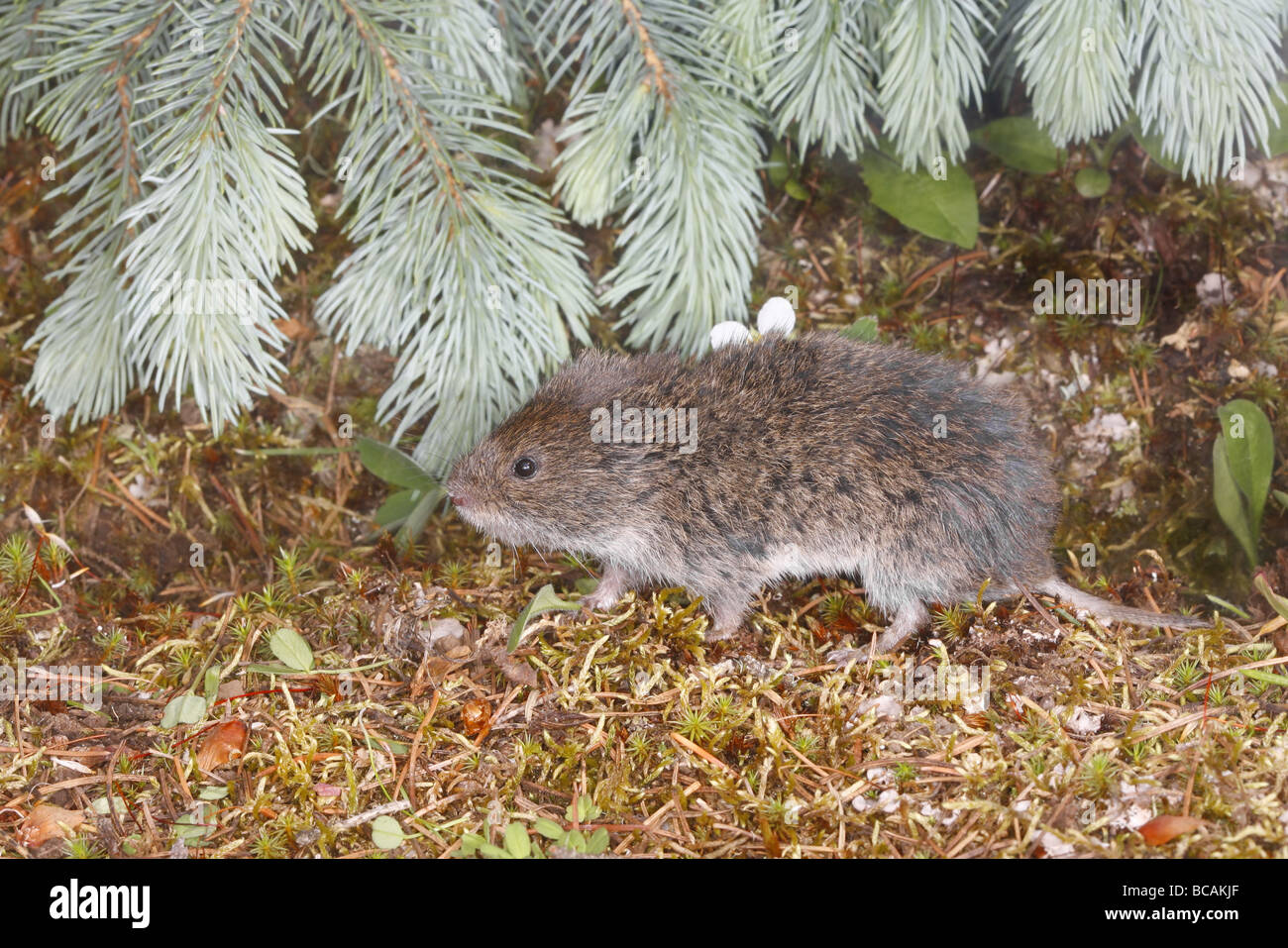



Montane Vole Stock Photo Alamy




Montane Vole Wikipedia




Montane Vole Vole Control Vole Bait Station




Adw Arvicolinae Information



Facts About Voles Vole Facts Havahart




I M Montanus I A Montane Vole




What Is Some Milestone Research In Behavioral Genetics Quora
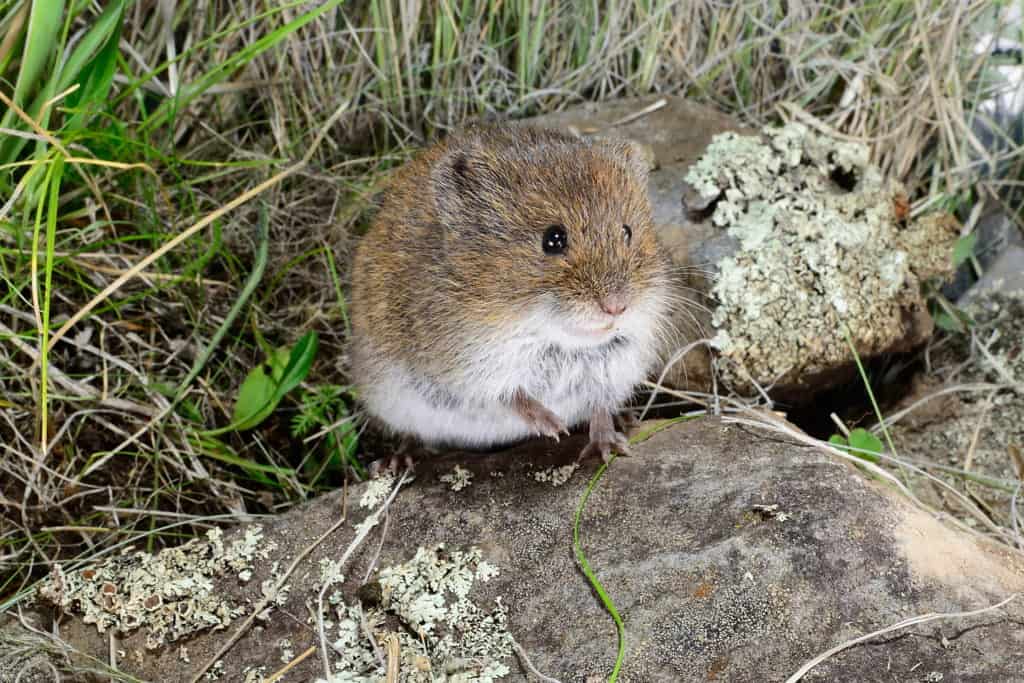



Jwm Cattle Grazing Worse Than Wildfires For Small Mountain Meadow Mammals The Wildlife Society




Montane Water Vole Arvicola Scherman Observation Org




Running Through Snow Montane Vole Photograph By Ralf Kistowski



Section 2c3 Rhythms Vividscience




Photos Of Montane Vole Microtus Montanus Inaturalist




Montane Vole Wikipedia




A Complex Cocktail Alcohol Sex And Cute Monogamous Mammals Unsw Newsroom



Oxytocin Motm Vrml Version
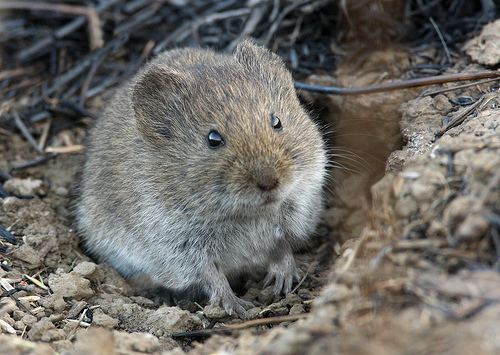



California Vole Alchetron The Free Social Encyclopedia




Vole Extermination Vole Damage Western Exterminator
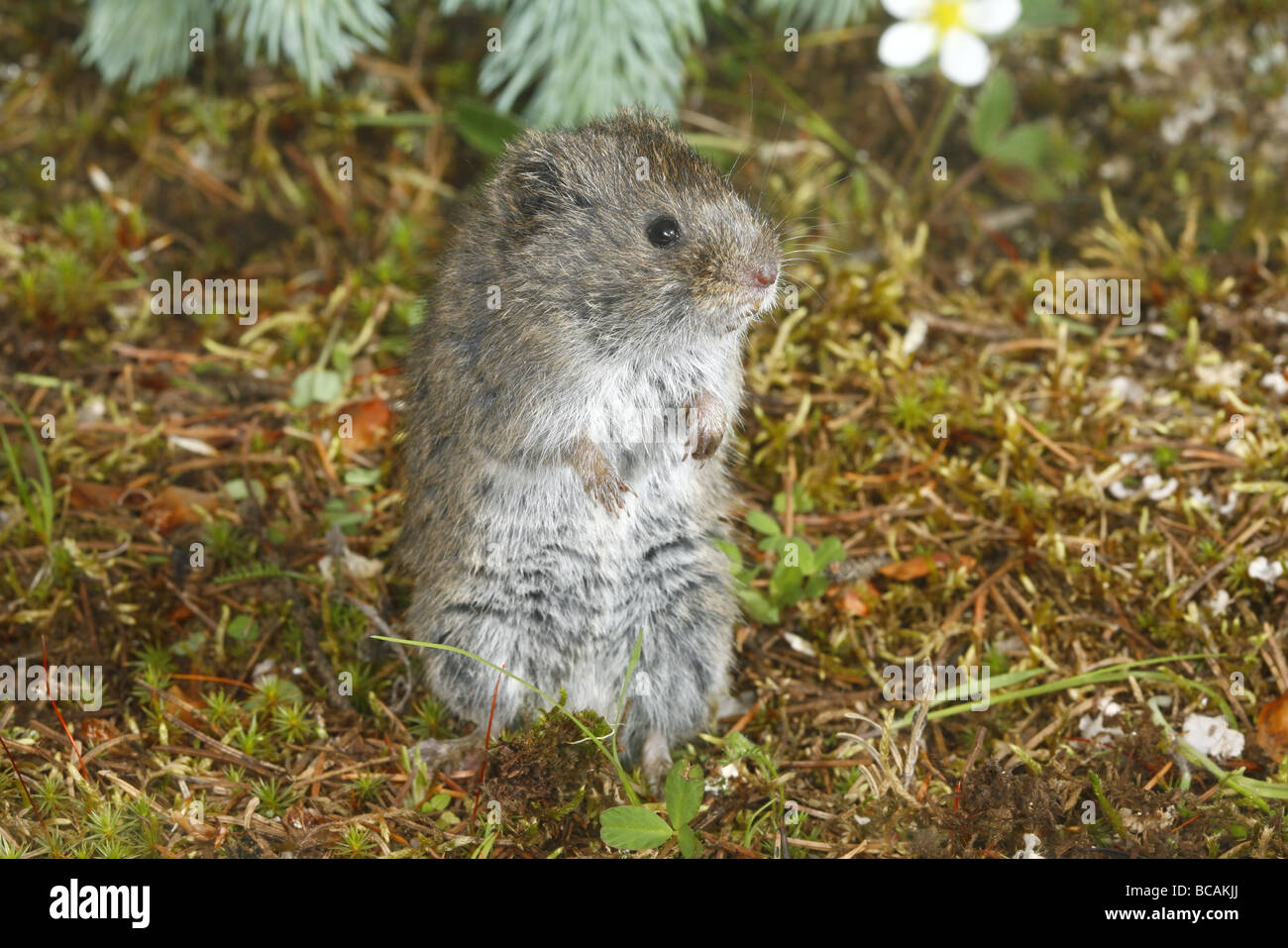



Montane Vole Stock Photo Alamy



Voles In Trouble New Mexico Department Of Game Fish




It S Not You It S My Genes Sexual Fidelity Tradeoffs In Prairie Voles The Molecular Ecologist




Prairie And Montane Voles Diana Belchase




Montane Vole You Can Read About These Photos On My Blog At Flickr




Adw Arvicolinae Pictures




Montane Vole Page 1 Line 17qq Com




Voles Bulwark Exterminating



Montane Vole
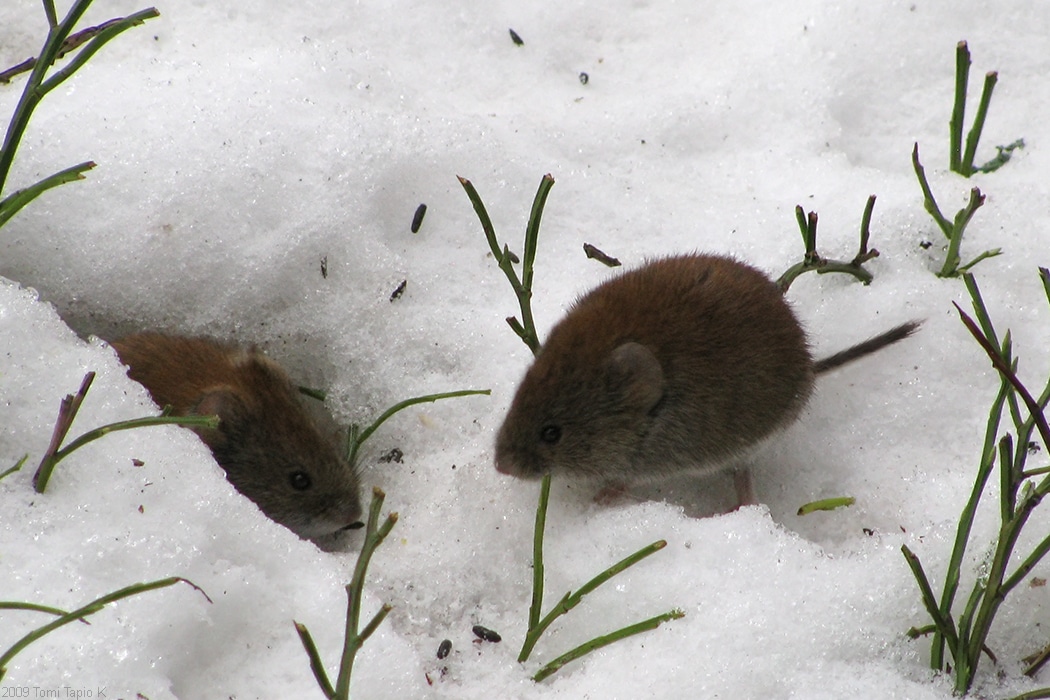



Dealing With Voles Vole Damage In Lawns Lawnstarter




Voles Vasopressin And The Ethics Of Framing Science



Distribution Map Montane Vole Microtus Montanus



North American Water Vole Montana Field Guide




Techniques To Control The Damage By Voles Control Tri Inspiration


コメント
コメントを投稿